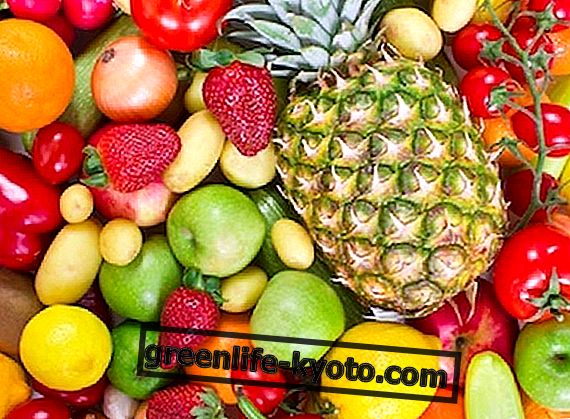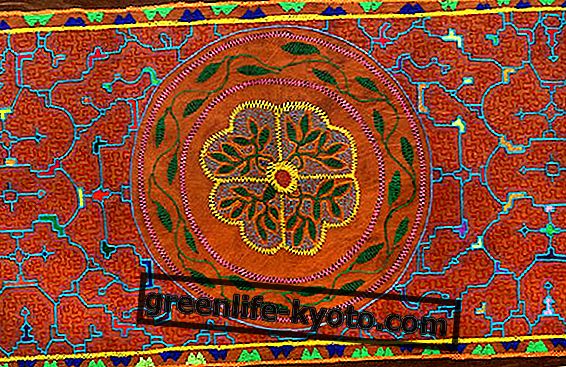
Do we want to say no to the slavery of the diet, of cruel and unhealthy diets? Let us entrust ourselves to the care of an extraordinary woman of the last century, Dr. Catherine Kousmine, and her method of maintaining or restoring health .
The kousmine method
The Kousmine method is a real therapy that aims at rebalancing the body, raising its immune defenses, strengthening the metabolism and healthy processes, maintaining global psychophysical well - being . It is prevention and care at the same time. The scientific foundation lies in the profound link between food and health . Food provides the body with raw materials to build itself: a healthy body is made from healthy foods.
Feeding on the "Kousmine diet" allows you to use less synthetic drugs, and even reduces the side effects of chemotherapy. There are four essential guidelines of the method: healthy nutrition, the fight against acidification, intestinal hygiene and the prudent use of food supplements.
The Kousmine diet
The first pillar of the method - Kousmine diet is healthy eating . The primary indications, to be always respected, are:
restoration of intestinal bacterial flora
elimination of saturated fats (no beef and pork, no sausages, reduce dairy products to low-fat yogurt and a little fresh skimmed milk)
extra virgin olive oil cold pressed
hearty breakfast, ideal is the Budwig Cream
increased consumption of raw and cooked vegetables
gradual introduction of legumes (rediscover beans, chickpeas, chickpeas, lentils, all types of beans, yellow soy, azuki, green soy)
exclusive use of whole grains (rice, spelled, millet, barley, oats, buckwheat, quinoa, kamut)
daily variety of foods
The Kousmine diet in practice
The main meals must be three, marked by the rule "Breakfast like a king, lunch as a prince and dinner as a poor", with two snacks ; if the main meal is dinner, it should be anticipated as much as possible, and always consumed at least three hours before going to bed.
Take great care of taste and presentation : even the eye wants its part ... of food.
Breakfast : Budwig Cream, with yogurt, flaxseed, fruit, whole grains, accompanied by a green tea or herbal tea or cereal infusion. An important practice in the morning and to drink an empty glass (about 250 cc) of not cold water.
The " princely lunch ": start with raw vegetables or a fruit, to facilitate digestion and increase satiety. A handful of whole, organic and natural cereals (soup or dry, seasoned with raw oil and spices), or potato or pumpkin, a plate of protein (as much as the palm of our hand is large). The proteins to be preferred are vegetable ones (legumes cooked over low heat, or soy, seitan, tofu), or blue fish, non-fried eggs; rarely you can eat fresh low-fat cheeses or white meats.One best type of animal protein per meal.
The "poor " dinner will have to be very frugal: start with raw vegetables, then a cooked cereal soup, or a vegetable soup with legumes. Or just fresh fruit with yogurtmagro or a fresh fruit salad with oilseeds (walnuts, hazelnuts, almonds) and freshly ground whole grains.
Snacks will consist of fresh and dried fruit, low-fat yogurt or ricotta with a slice of wholemeal bread.
The recommended drinks are: natural water, herbal teas, infusions and half a glass of red wine per meal. You have to drink a lot (one and a half liters a day), especially between meals.











